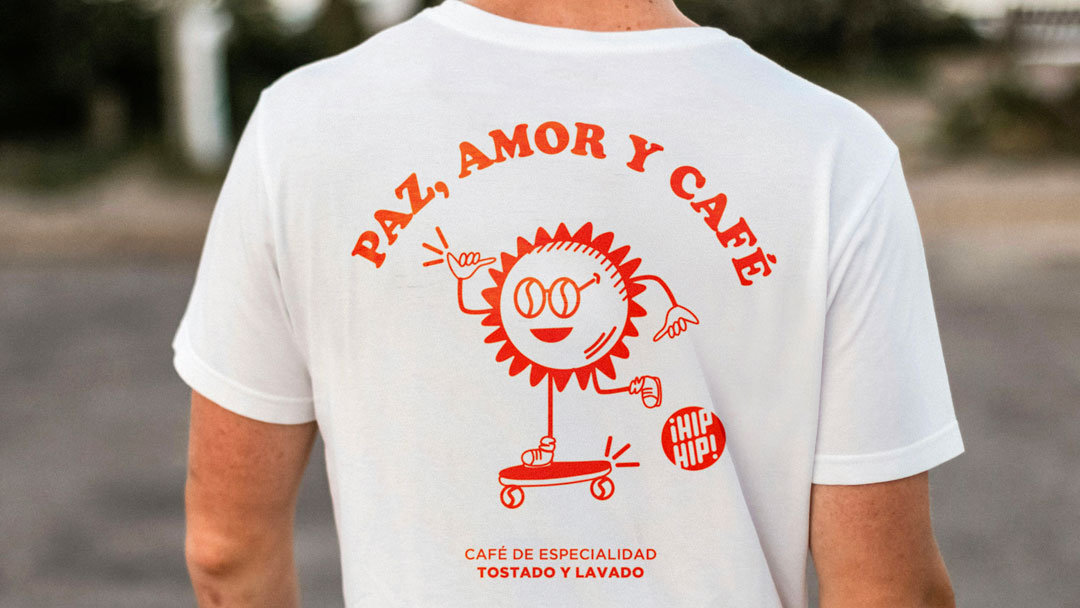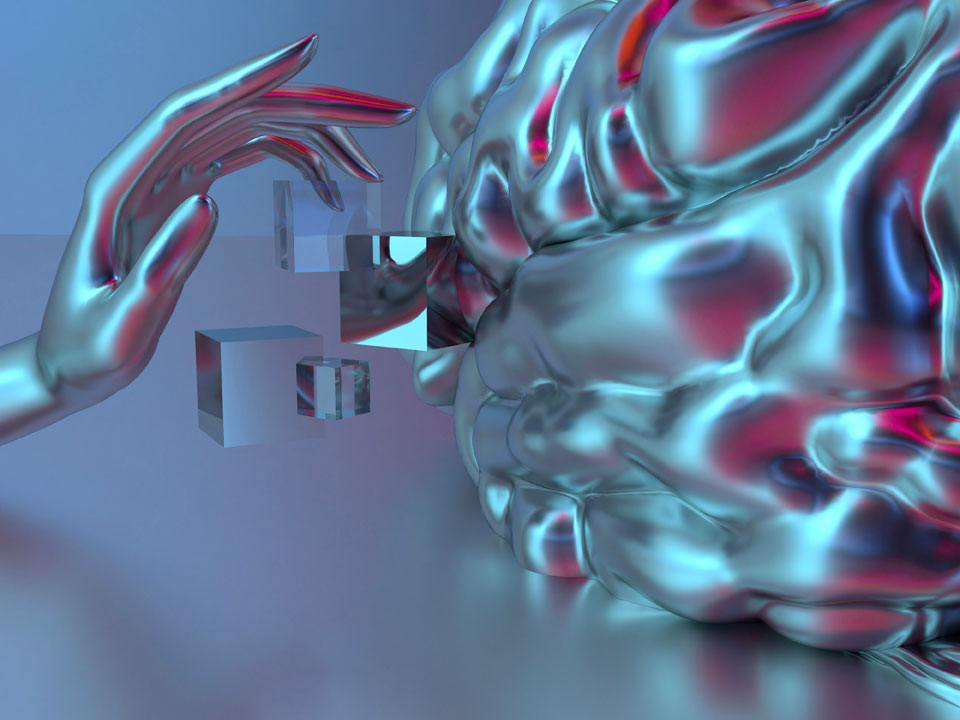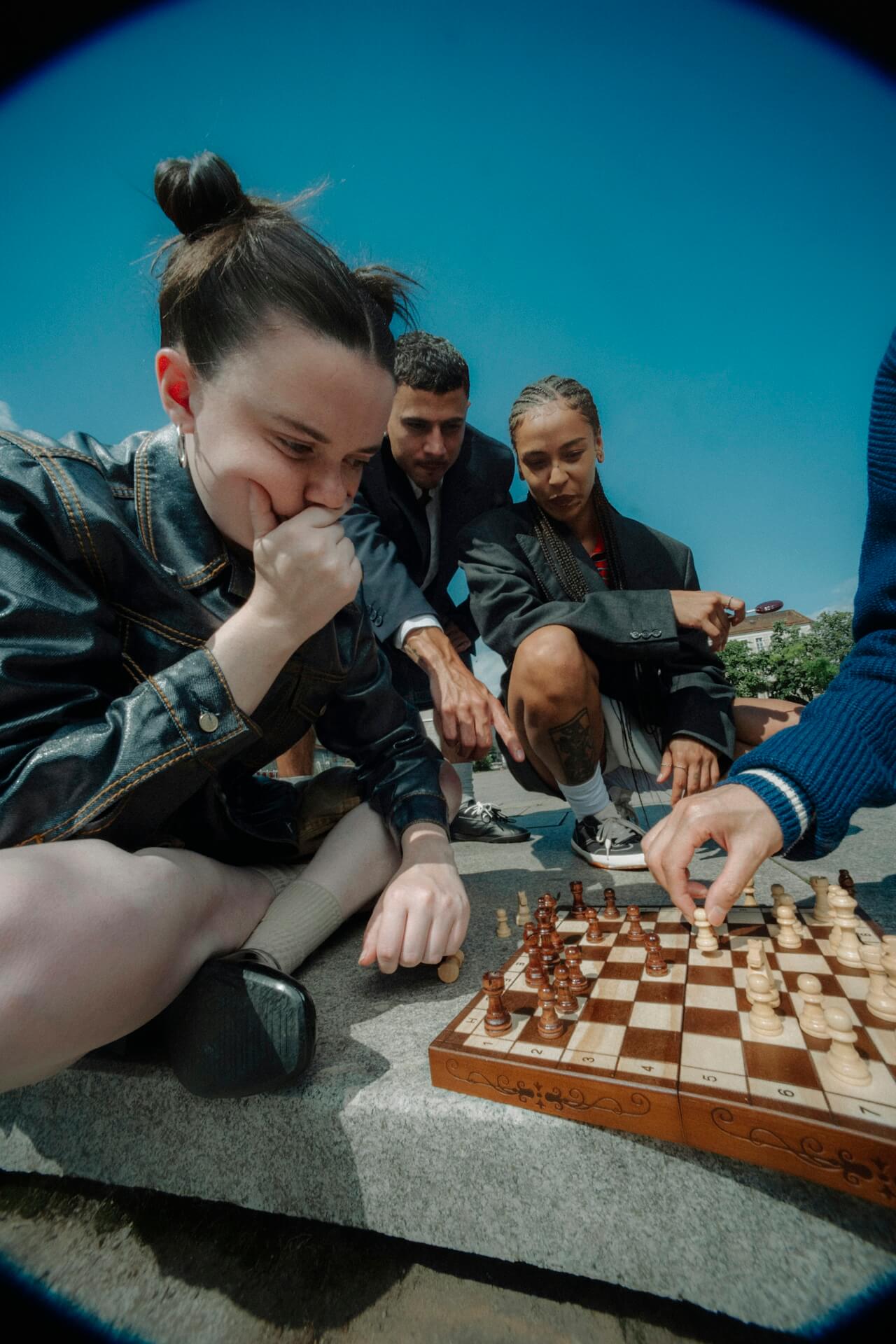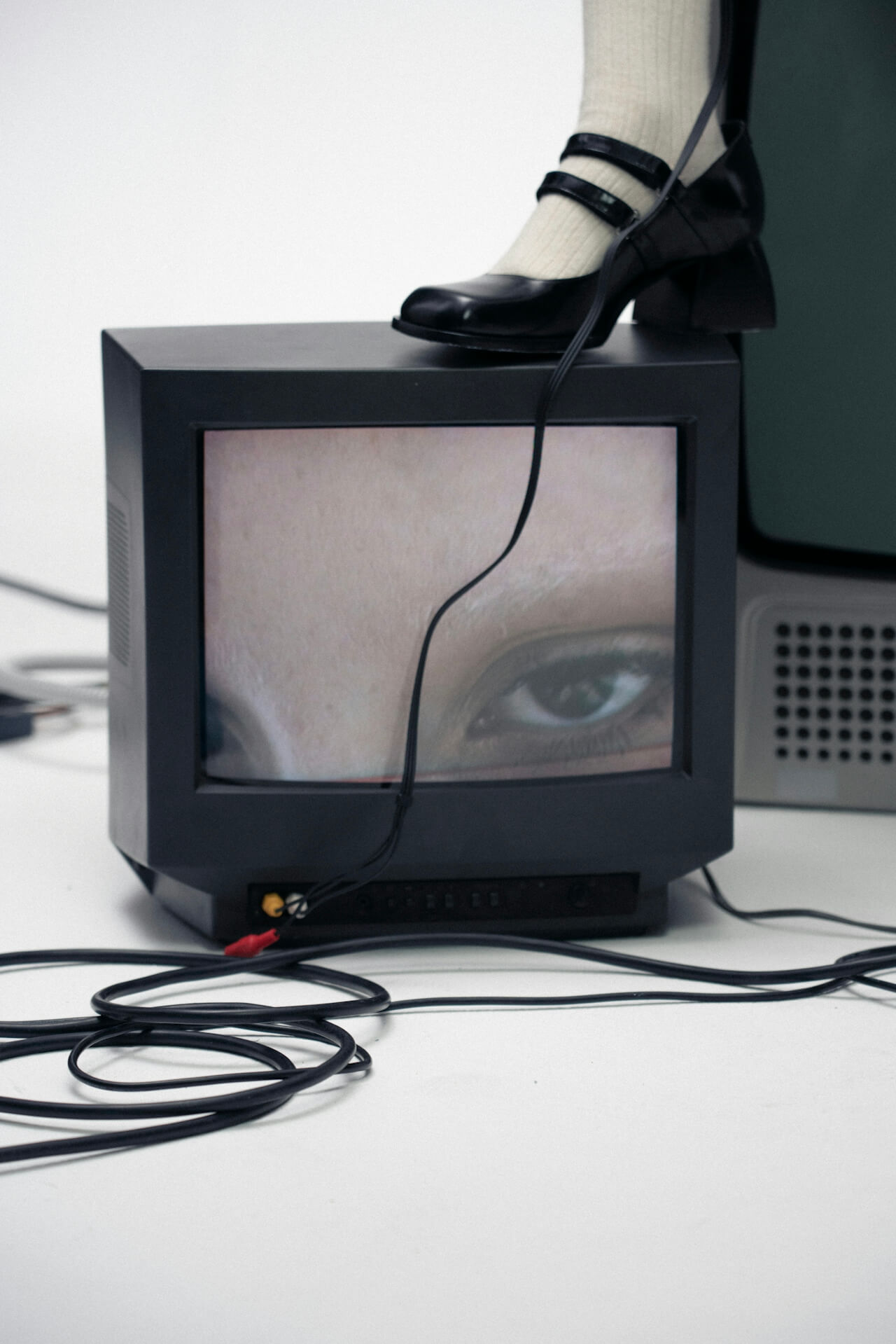Last week, I watched a boutique agency turn down a million-dollar retainer. Not because they couldn't handle it, but because taking it would've broken the ecosystem they'd spent three years building. They'd learned what most agencies discover too late: growth isn't about saying yes to everything—it's about building a network that multiplies your capabilities without diluting your soul.
The traditional agency model is dying. You know it, I know it, every creative director staring at their P&L knows it. But what's replacing it isn't just "smaller agencies" or "more freelancers." It's something more interesting: intentional creative ecosystems where agencies act more like conductors than orchestras.
Think about Pentagram's partner model or how Ueno dispersed its talent across the tech world. These aren't failures or pivots—they're evolution. The smartest shops are building agency ecosystem strategy that treats collaboration like a feature, not a bug.
"The best agencies today aren't trying to own every capability—they're curating the right ones at the right time," says 67961be73378773c7b3d366e.
The Hub-and-Spoke Revolution
Modern agencies are restructuring around what I call the hub-and-spoke model. You maintain a tight core team—your creative DNA, your strategic brain trust—then build flexible connections to specialists who share your standards but not your overhead.
I saw this work brilliantly with a studio in Amsterdam. Eight full-timers, but their agency ecosystem strategy connects them to forty-plus collaborators globally. Motion designers in Seoul, copywriters in Lagos, developers in São Paulo. Each project assembles its own dream team, then dissolves back into the network.
This isn't outsourcing. It's orchestration. The core team maintains the vision, the quality bar, the client relationship. But they're not trying to keep a staff 3D artist busy during slow months or pretending their in-house dev can handle machine learning when the brief calls for it.
"The agencies that survive the next decade won't be the biggest or the smallest—they'll be the most interconnected."
Tools as Team Members
Here's where it gets spicy. AI isn't replacing creatives; it's becoming part of the ecosystem. Smart agencies are treating tools like Midjourney, Claude, and Runway as specialized team members with very specific skill sets.
A brand studio in Brooklyn just redesigned their entire agency ecosystem strategy around this principle. They've got AI handling initial concept generation, mood board assembly, and first-draft copy. But—and this is crucial—they've also hired more senior creatives than ever before. Why? Because someone needs to direct the machines, curate the output, and inject the taste that makes work memorable.
Studios like Metabrand are exploring how this human-AI collaboration shapes modern brand identity. It's not about replacement; it's about amplification. Your ecosystem now includes both carbon and silicon-based collaborators.
The Client as Co-Creator
The most radical shift I'm seeing? Clients becoming active participants in the creative ecosystem. Not in the dreaded "make the logo bigger" way, but as genuine collaborators with access to the same tools and visibility into the process.
One agency in Tokyo built their entire agency ecosystem strategy around radical transparency. Clients get Figma access from day one. They see the messy explorations, the killed concepts, the 3am breakthroughs. Some clients run screaming. The right ones become true partners, contributing insights that would've taken weeks of meetings to surface.
This breaks the traditional vendor-client dynamic. You're not delivering to them; you're building with them. The ecosystem extends beyond your agency walls to include the people actually living with the brand every day.
Scale Without Selling Out
The beauty of ecosystem thinking is that it solves the classic agency dilemma: how do you scale without becoming the thing you swore you'd never become? You don't need to staff up to thirty people and take on bathroom tissue accounts to keep the lights on.
Instead, you scale through network effects. Your capability grows with each new collaborator relationship. Your capacity flexes with demand. Your overhead stays manageable, which means you can still say no to soul-crushing work.
A studio in Berlin grew from four to forty million in billings without hiring a single full-time employee beyond their founding team. Their secret? They invested in relationships instead of real estate, in systems instead of staff.
The Ecosystem Endgame
The agencies thriving five years from now won't look like agencies at all. They'll look like creative networks, innovation labs, or brand orchestrators. They'll be smaller at the core but bigger in impact, focused on curation over creation, on conducting rather than performing every instrument.
Your agency ecosystem strategy isn't just about survival—it's about building something more resilient, more creative, and more human than the industrial-age agency model we inherited. The question isn't whether to evolve. It's how fast you can adapt without losing what made you worth hiring in the first place.










